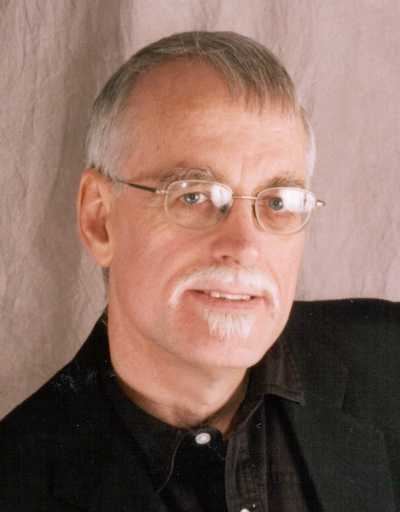Frank Christopher Hawthorne, (born 8 January 1946 in Bristol, England) is a Canadian mineralogist and crystallographer.
Hawthorne received a Bachelor of Science degree from Imperial College London in 1968 and an Associateship of the Royal School of Mines (ARSM). In 1973, he received a PhD from McMaster University.
From 1973 to 1975, he was a Post-Doctoral Fellow in the Department of Geological Science at the University of Manitoba. He was a research associate from 1975 to 1980 and University Research Fellow from 1980 to 1985.
In 1985, he was appointed an Associate Professor and in 1986 he was appointed a Professor of Crystallography and Mineralogy. He currently holds the Canada Research Chair in Crystallography and Mineralogy.
Hawthorne's early work focused on structural and crystal-chemical problems of amphiboles. He had used several experimental techniques, including X-ray and neutron diffraction, infrared spectroscopy, and Mössbauer spectroscopy. He summarised his results in a 300-page paper on amphiboles, for which he was awarded the Hawley Medal of the Mineralogical Association of Canada in 1983.
Hawthorne then turned his attention to a series of complex crystal-chemistry problems involving rock-forming minerals, such as staurolite, vesuvianite, pyroxenes, beryl, and tourmaline. He used a multi-technique approach and applied novel analytical and spectroscopic methods to solve these mineralogical problems. These results have been used to provide indication of the conditions prevailing during the progressive crystallisation of magmas.
Hawthorne's work on the energetic content of the chemical bonds in mineral structures has advanced solid-state chemistry and crystallography.
Frankhawthorneite is named after himHe is a Fellow of the Royal Society of Canada1983, awarded the Hawley Medal of the Mineralogical Association of Canada1991, awarded the W.W. Hutchison Medal of the Geological Association of Canada1991, awarded a Killam Fellowship by the Canada Council1993, awarded the Willet G. Miller Medal of the Royal Society of Canada1996, awarded the Geological Association of Canada's highest honour, the Logan Medal1999, awarded the Past presidents' Medal of the Mineralogical Association of Canada2001, appointed Canada Research Chair in Crystallography and Mineralogy2001, listed by Sciencewatch as the most highly cited Mineralogist/Crystallographer for 1990–20002006, made an Officer of the Order of Canada2006, elected Foreign Fellow of the Russian Academy of Sciences2007, listed by Thomson Scientific as the most highly cited Geoscientist in the world for the decade 1996–20072007, Elected Fellow of the Geochemical Society2007, Elected Fellow of the European Association of Geochemistry2008, Awarded the Killam Prize in Natural Sciences, Killam Trust and The Canada Council2009, Awarded the IMA Medal of the International Mineralogical Association2009, Awarded the Carnegie Medal by the Carnegie Museum of Natural History2010, Awarded the Bancroft Medal of the Royal Society of Canada2013, Awarded the Roebling Medal of the Mineralogical Society of AmericaHawthorne, Frank C. (January 1981). "Crystal chemistry of the amphiboles". Reviews in Mineralogy and Geochemistry. 9A: 1–102. Hawthorne, Frank C. (May 1983). "The crystal chemistry of the amphiboles". The Canadian Mineralogist. 21 (2): 173–480. Burns, Peter C.; Grice, Joel D.; Hawthorne, Frank C. (1995). "Borate minerals. I. Polyhedral clusters and fundamental building blocks" (PDF). The Canadian Mineralogist. 33: 1131–1151. Burns, Peter C.; Ewing, Rodney C.; Hawthorne, Frank C. (1997). "The crystal chemistry of hexavalent uranium: polyhedron geometries, bond-valence parameters, and polymerization of polyhedra" (PDF). The Canadian Mineralogist. 35: 1551–1570. Hawthorne, Frank C.; Oberti, Roberta (October 2007). "Classification of the Amphiboles". Reviews in Mineralogy and Geochemistry. 67 (1): 55–88. doi:10.2138/rmg.2007.67.2. 
